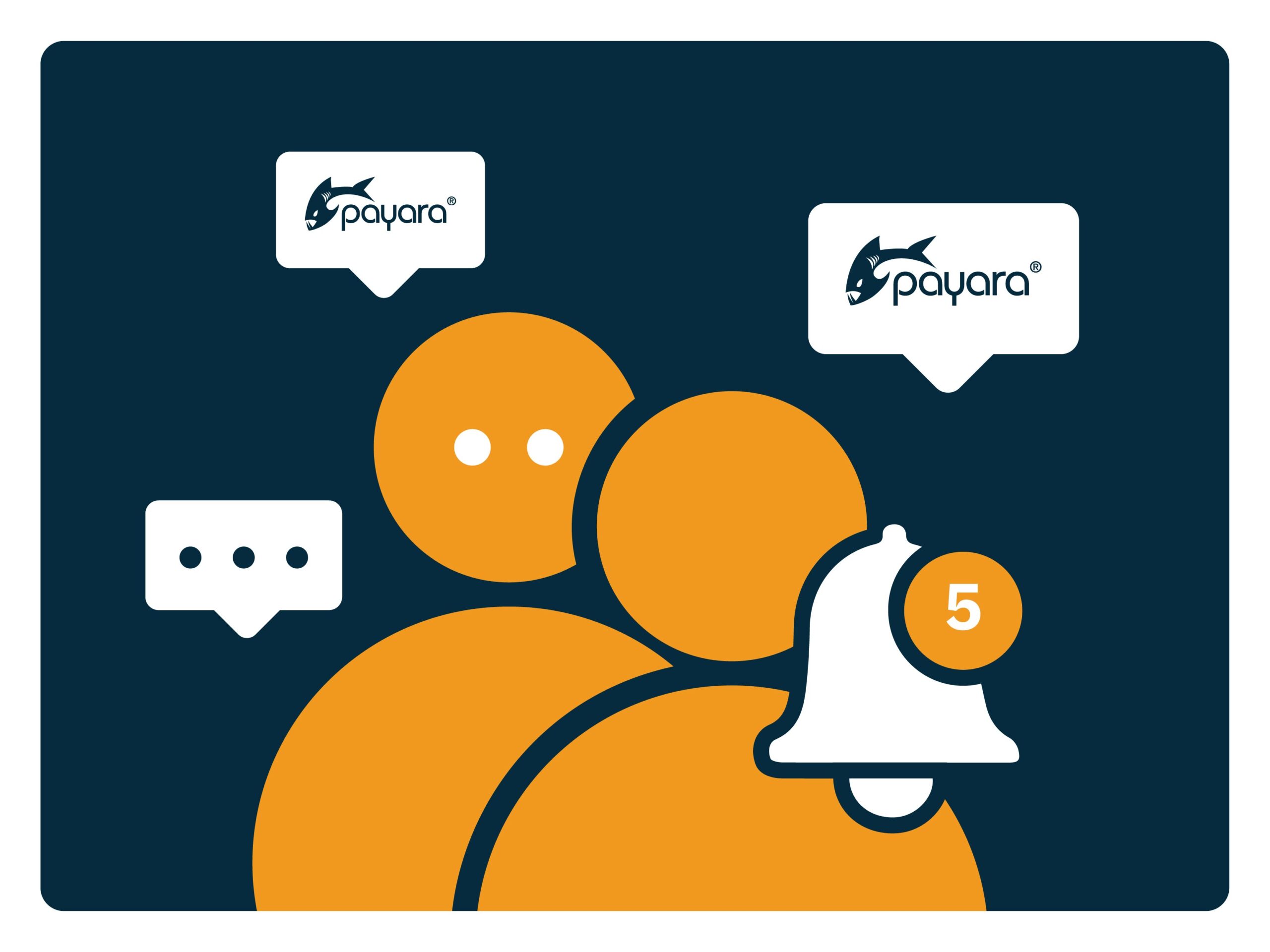 5 minutes
5 minutes
The Payara Monthly Catch – November 2025
November has been one of the busiest months of the year for the Java and Jakarta EE ecosystem. With […]

Previously, Payara Server did not offer a convenient way to add extensions. If you wanted to add an extension, you had to download the Payara Server code base, build the entire repository, write your own extension and module, and basically act as a developer. We’re working to create a simplified way to add extensions to Payara Server, starting with the Notifier API.
The notification service received a major overhaul in Payara Server Community 5.2020.5 (October 2020) that makes implementing new notifiers in a modular fashion easier. The overhaul also involved rewriting the existing notifiers as extensions, porting them over to a new community repository, and then implementing new Discord and Microsoft Teams notifiers.
Since this is quite a large change, we’re rolling it out in Payara Server Community Edition first to ensure it is fully stable before moving it into Payara Enterprise.
The Notifier API is now an extension you can implement in a simplified way. Community users can drag and drop any JARs uploaded to our new public Nexus repository into their Payara installation, or grab the code from the new Payara Notifiers Nexus Repository to build the JARs themselves
A few notifiers will still ship as default with Community, including Event Bus, CDI Event Bus, and JMS notifiers. You can still disable them if you choose. If you had notifiers configured previously and you upgrade to Payara Server Community 5.2020.5, you will receive a warning message as you need to reconfigure the notifiers.
If you upgrade from Payara Community to the Enterprise Edition, your notifiers will continue to work without any further action on your part.
Payara Server Enterprise customers have access to notifiers which are stable included automatically and with out-of-the-box functionality. As new notification channels become stable in the Payara Server Community Edition, we will add them to Payara Enterprise.
Payara developers see this notification system overhaul as a building block for future development. For example, this sets the stage for a potentially adding functionality to the Payara Enterprise Administration Console to easily add and remove extensions to your environment without having to configure everything manually.
We’d love to know what the community thinks of the new Notifier API and get your feedback about how it’s working for you and updates you’d like to see in future releases.
Share:
 5 minutes
5 minutes
November has been one of the busiest months of the year for the Java and Jakarta EE ecosystem. With […]
 3 minutes
3 minutes
Working with enterprise Java databases can sometimes feel like swimming upstream. Jakarta EE 11’s Jakarta Data helps developers glide […]
 2 minutes
2 minutes
The recent releases of Spring Framework 7.0 and Spring Data 2025.1.0 mark an important milestone for the Java ecosystem, […]